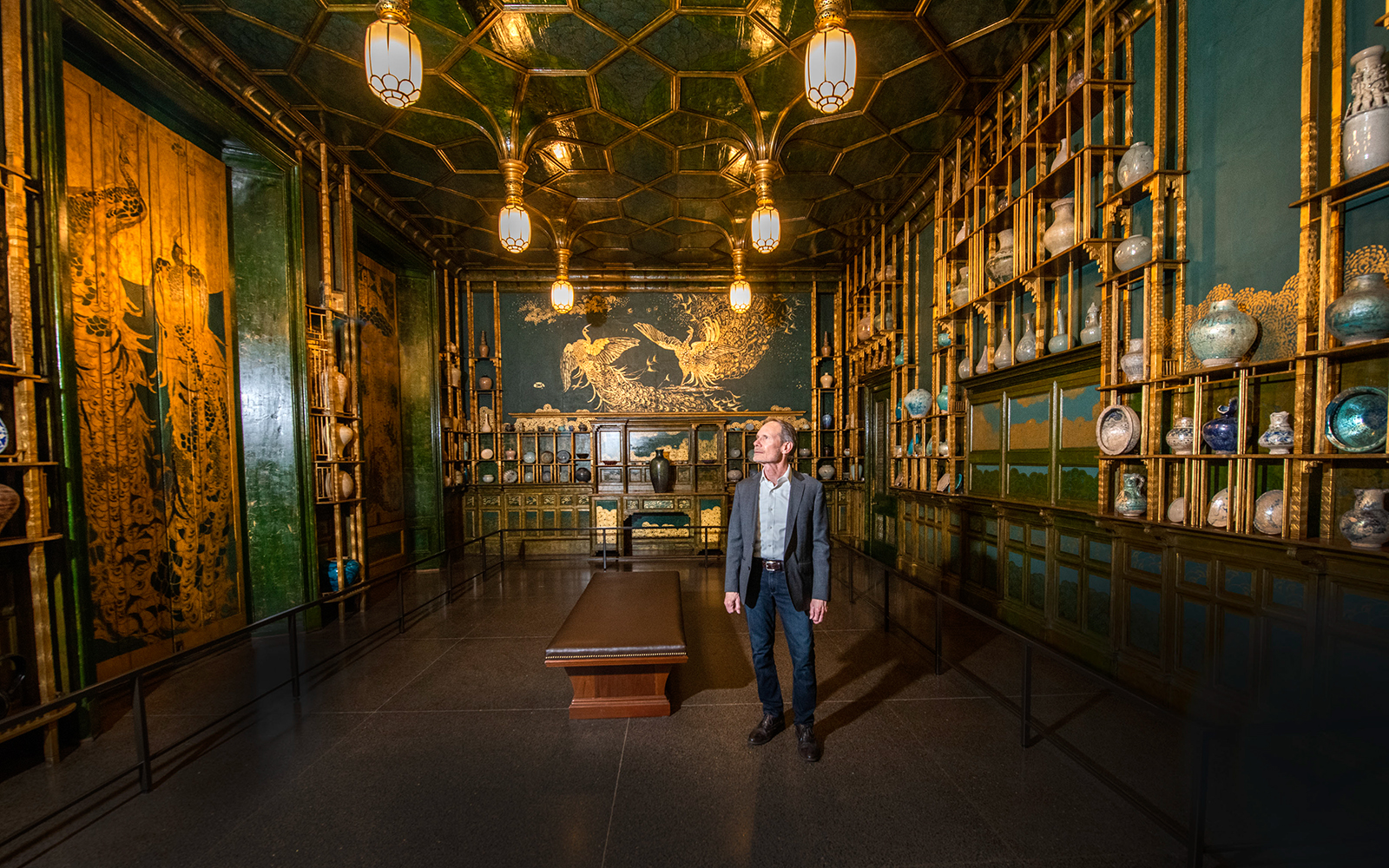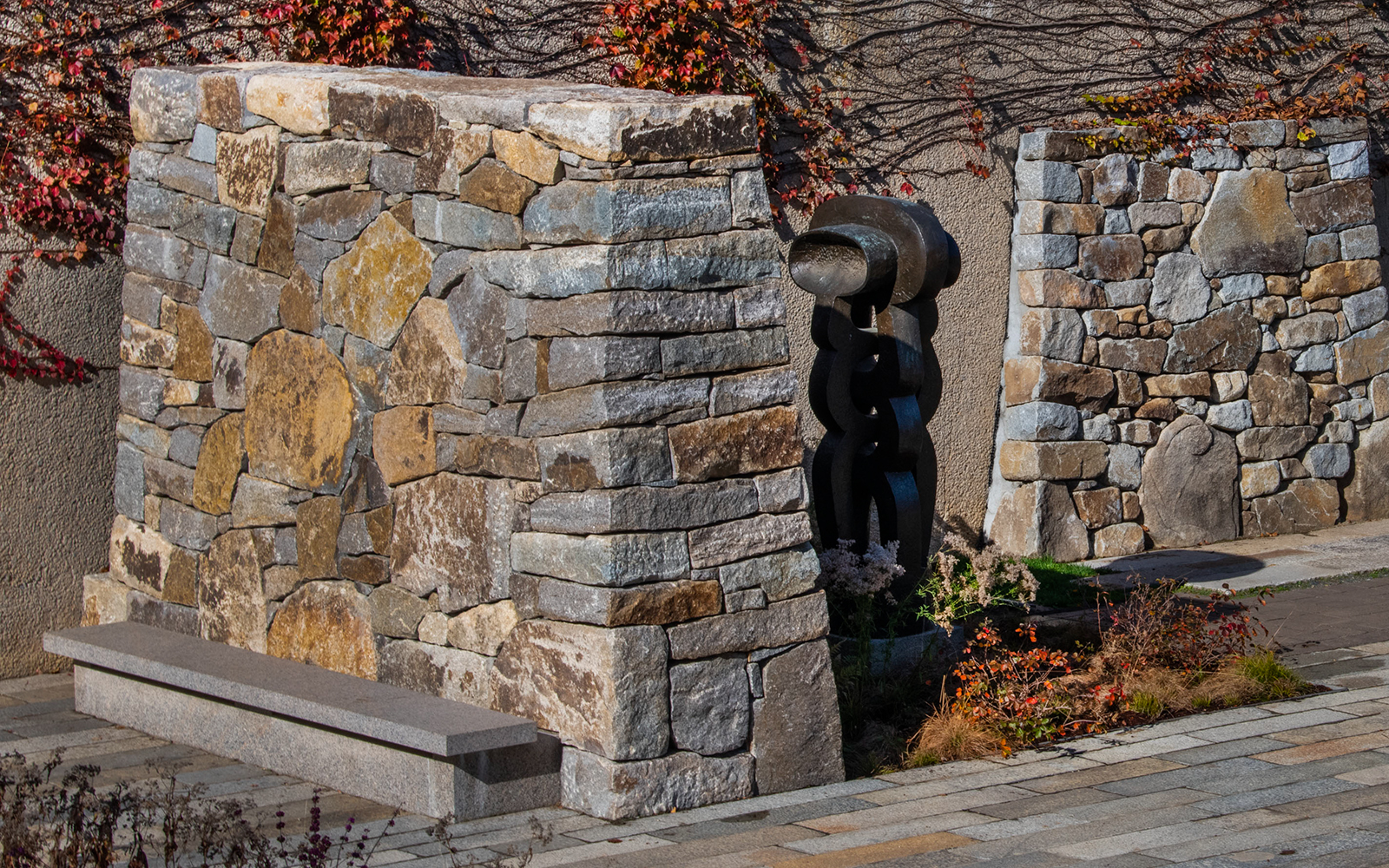|
Getting your Trinity Audio player ready...
|
It is said that monuments are built for the living, not the dead. And that is largely true of the 19 museums, research institutes, and the National Zoological Park that comprise the “monuments” of the Smithsonian Institution—collectively, these get 30 million in-person visitors each year, plus 178 million unique visitors to collection websites.
But as the US approaches its 250th birthday in 2026, these collections also play an important role for those who no longer draw breath by immortalizing their legacies and impact on the nation’s history.

One person who knows this well, and is very much alive, is Judson McIntire. He has spent nearly 30 years in the planning and management of the Smithsonian’s capital program as an architect and associate director for program and project management in the institution’s office of planning, design, and construction.
McIntire is quick to point out that the considerable assets under his guidance have the support of a broad team of planners, architects, engineers, and other specialists. As well he should—the structures and collections that fall under the Smithsonian are extensive and carry a deep responsibility to the American experiment.
Among the monumental structures McIntire has worked on, he recommends the National Museum of African American History and Culture (NMAAHC), which opened in 2016. It was created by legislation in 2003 and is the museum sited closest to the Washington Monument.

The structure’s lead designer, David Adjaye, and lead architect, Philip Freelon, drew inspiration from three-tiered crowns from West Africa. The structure is wrapped in an ornamental bronze-colored metal lattice, paying homage to intricate ironwork crafted by enslaved African Americans in the American South.
The NMAAHC stands out from the nearby classical stylings and white stone-clad monuments built nearby to presidents Lincoln and Jefferson, as well as that well-known obelisk honoring George Washington.
It’s a bit closer in hue to “the Castle,” the building most associated with the Smithsonian, and modern designs afforded the Hirshhorn Museum, the Museum of the American Indian, and the National Air and Space Museum, all Smithsonian facilities that line the National Mall.

McIntire is intimately involved in the development process of such buildings, be it new structures or renovations of existing properties (the Castle is currently undergoing a major revitalization that will take several years). The way he describes it, these capitol projects—as they are all in view of the Capitol—come about through a collaborative process with literally dozens of interests that almost perfectly mirror democracy itself.
“It’s not always easy or comfortable,” says McIntire about the myriad interests in siting, design, environmental, historic preservation, traffic, and other critical details of every project that on average require a decade to complete, from concept to grand opening. “But we consider everyone a valuable partner. And every project is almost always better as a result.”
As an example of how challenging this can be, consider the matter of loading docks. On hallowed ground such as the National Mall, those functional, backdoor entries are underground and out of sight. But lapping nearby is the Tidal Basin, constructed in 1887, famously encircled by cherry trees, and subject to ocean tides as it connects to the Chesapeake Bay via the Potomac River.

Daily high tides and heavy rain increasingly flood the walkways and now adversely affect the cherry trees; the National Park Service, which maintains the Basin, has its own battles to fight there.
Meanwhile the concurrent high water table and occasionally heavy precipitation—both effects of climate change—require very specific measures, such as cisterns and pumps, to keep the water outside and away from the Smithsonian’s priceless artifacts.
“Flood resilience is very important to us,” McIntire notes. “We have to plan for it.”
But it’s the popularity of the Smithsonian structures that probably drive most of what McIntire and his team accomplish, increasing the offerings and access to these vital assets. For example, the Castle structure is being revitalized to add more public exhibit and convening space while moving administrative functions elsewhere.

And given the nature of what these structures hold, the place they have in the education of a nation and its children, that makes the Smithsonian an ever-changing, ever-growing institution.
Modernizing renovations and new buildings are constructed to achieve LEED Gold certifications. And a planned renewal of the Hirshhorn Sculpture Garden is expected to receive a SITES certification, the landscape sustainability rating system for healthy ecosystems.
Looking ahead, two new Smithsonian museums, the National Museum of the American Latino, and the Smithsonian American Women’s History Museum, are in the site selection process with several potential sites near the Washington Monument and the Tidal Basin.
McIntire knows his work will live on to the benefit of future generations. Already, his grandchildren visit some of the grand buildings he’s been involved with, and—should those tidal waters be kept at bay—there’s a good chance their children and grandchildren will as well.
A Favorite Display
Judson McIntire is reluctant to name a single Smithsonian facility he loves the most. But he is particularly proud to have worked on the display chamber for conservation of the “Star Spangled Banner” US flag, which inspired Francis Scott Key’s national anthem. After hanging vertically for decades, the 30’ by 34’ battle- and time-scarred flag underwent years of preservation work; since 2008 it lies at a shallow angle in a specially constructed, climate-controlled chamber at the Smithsonian’s National Museum of American History.


